We explain what an urban area is, and the differences with a rural area. In addition, we describe its characteristics and classification.
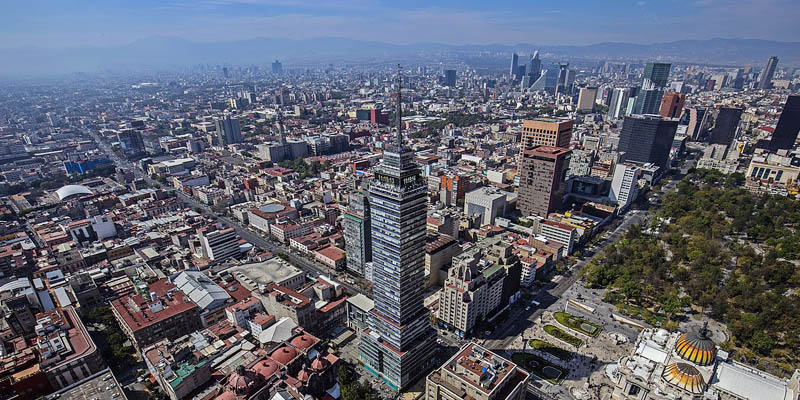
What is an urban area?
The definition of an urban area varies from country to country. However, in general terms, an urban area is defined as a densely populated area with infrastructure typical of a city, such as streets, avenues, buildings, and businesses.
Unlike rural areas, which are characterized by activities related to agriculture and livestock farming, the economic activities in urban zones are primarily linked to the secondary and tertiary sectors of industry.
Most urban areas are characterized by a high population density, with thousands or millions of inhabitants.
It is estimated that 56% of the world’s population (approximately 4.4 billion people) lives in urban areas. The most populous cities in the world are Tokyo, Japan (43 million inhabitants), Shanghai, China (41 million), and Delhi, India (33 million).
- See also: Countryside
The countryside and the city
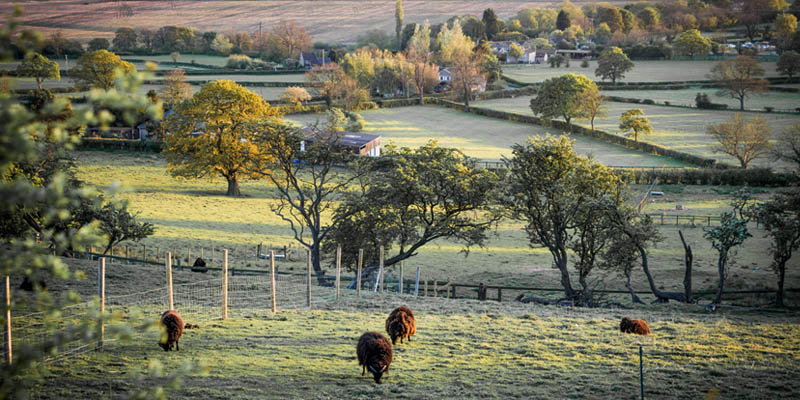
Rural zones are geographic areas defined by activities related to agriculture and livestock farming. In contrast, urban areas are dominated by industrial, commercial, and service-related activities.
Rural villages and towns are sparsely populated. People are usually employed in farming and other rural activities. On the other hand, the population of urban areas is typically densely concentrated, and employment involves sectors such as commerce, corporate businesses, factories, and services like transportation, tourism, technology, healthcare, and education.
Urban areas also host public and government buildings, especially in cities that serve as municipal, provincial, or national capitals. A number of people are employed in public administration and government services.
Urban areas feature extensive transportation infrastructure, including paved streets, avenues, highways, railways, stations, ports, and airports.
Rural areas, in contrast, rely mainly on roads and pathways that connect them, along with internal streets that may be unpaved. They lack certain transportation infrastructure like airports or subways, and may only have a small bus terminal.
Composition of urban areas
The areas of an urban zone are:
- Center. It has a high population density and intense economic activity. It often encompasses the city's historical and foundational center, where the oldest buildings and infrastructure connected to the history of the city are located. Downtown areas typically offer more transportation services, such as buses, trains, and subways.
- Suburbs or periphery. It is located far from the city center but connected to it via transportation routes like avenues, highways, or public transit networks. Suburbs tend to be less densely populated and have more green spaces.
Economic activities in urban areas
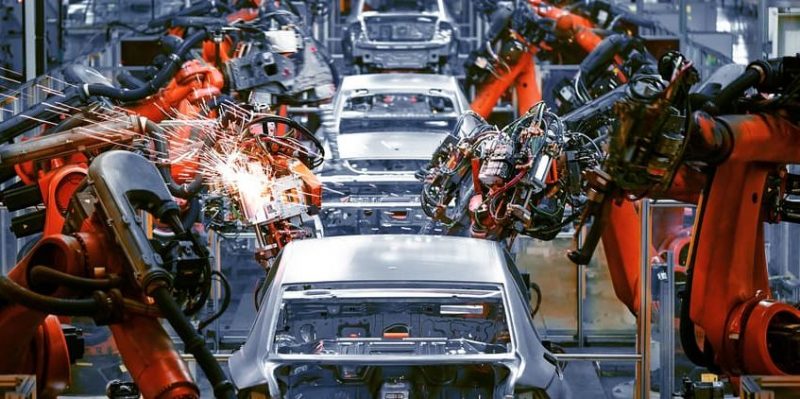
Unlike rural zones dominated by primary activities, urban areas involve mainly the secondary and tertiary sectors. Among the major activities in urban areas are:
- Industry. Factories of major global brands are usually located in urban areas. Access to a larger workforce, essential services, and the proximity to markets attract factories to urban centers. Major industrial sectors include automotive, petrochemical, textiles, and food and beverages.
- Building sector. The construction of homes, buildings, and public works employs millions of people in urban areas.
- Commerce. Urban areas are major commercial hubs. Shopping malls, supermarkets, restaurants, and stores drive economic activity and create a large number of jobs.
- Services. Many people work in the provision of services, both public, like healthcare and education, and private, such as technology, logistics, financial services, cultural services, and legal consultancy.
- Transportation. Public transportation is essential in big cities. The different means of transportation (buses, subways, trains) move millions of people daily. The transportation sector employs a large number of people as drivers, security personnel, mechanics, and other related jobs.
- Tourism. Urban zones often serve as major tourist destinations, attracting visitors from all over the world. Tourism involves lodging, travel agencies, recreational activities, and gastronomy, being an important source of work in urban centers.
- Public sector. Urban areas employ a large number of people in government administration and management, as cities are the seat of political power for municipalities, provinces, and nations.
Urban problems
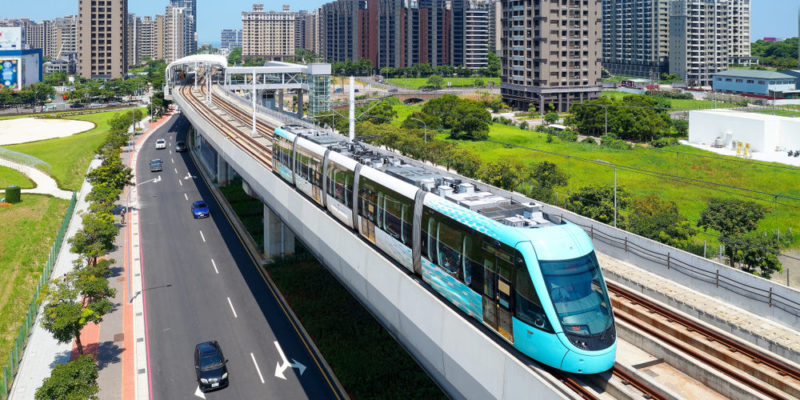
Urban areas tend to have a larger and more densely concentrated population than rural areas. It is estimated that at present over 4.4 billion people live in cities, which accounts for 56% of the global population.
The large populations and population densities in urban areas pose a number of challenges for urban populations, including:
- Pollution. One of the major issues in urban areas is air and water pollution, caused by economic activities and the generation of solid and sewage waste. Air and water quality in densely populated urban zones is often below recommended standards, posing severe health risks on the urban population.
- Mobility. The daily movement of millions of people leads to travel related issues including time and travel quality. Traffic congestion, accidents, overcrowded public transportation, and parking difficulties are among the most frequent problems for urban residents.
- Access to housing. Urban areas often have high renting and purchasing costs. As a result, precarious settlements are common, and many people even live on the streets.
Environmental issues in urban areas
Urban areas face serious environmental challenges including:
- Air pollution. Factories and the number of vehicles in cities are a major source of greenhouse gas emissions and other pollutants that degrade air quality, causing potential negative impacts on health.
- Noise pollution. Excessive noise from traffic, construction, and other human activities may cause stress, sleep disturbances, and other health problems.
- Water pollution. Cities generate large amounts of wastewater and solid waste, polluting rivers, lakes, and groundwater.
- Lack of green spaces. Urban sprawling with no adequate planning can fragment and degrade natural ecosystems, leading to the loss of green spaces and a decline in biodiversity.
- Waste generation. Cities produce millions of tons of solid waste per day. The enormous volume of waste makes it very difficult to manage, often resulting in negative environmental impacts.
Metropolis and megalopolis
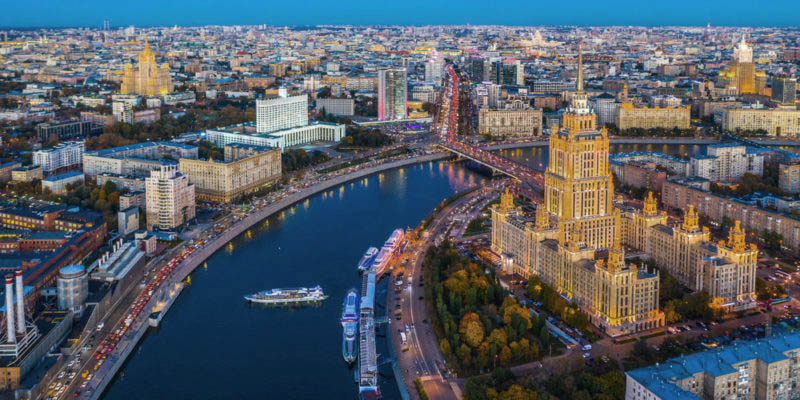
The most highly populated urban zones form large metropolitan areas called metropolises. While there is no universal agreement as to the size to be considered a metropolis, these areas are typically the home to millions of people.
A metropolis is formed by the sprawl of urban peripheral areas. This process, through which people move from the city center to the suburbs, is called "suburbanization".
A megapolis, in turn, is defined as a group of metropolitan areas or metropolises. Through suburbanization and the spatial growth of urban zones, large cities merge with others, forming a continuous urban space.
One of the world's most highly populated megalopolises is known as Boswash, since it encompasses all the cities between Boston and Washington, D.C. It stretches over 485 miles (800 km) and houses over 70 million people.
What is a global city? A global city is a megalopolis of strategic importance to the economy and politics at the global level. Global cities host the headquarters and corporate offices of the world’s most important multinational companies, as well as the government seats of the major political powers. International organizations, such as the United Nations (UN) and the International Monetary Fund (IMF), are based in these cities.
Major global cities today are: New York (United States), London (England), Tokyo (Japan), and Beijing (China).
Peri-urban areas
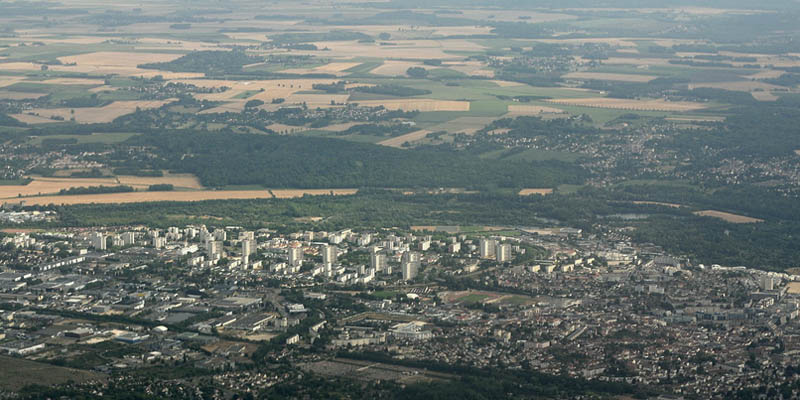
Peri-urban areas are transitional zones situated on the outskirts of urban centers, where the transition between urban and rural areas occurs. In such areas urban and rural features coexist, blending elements of city life such as commerce and service provision with rural activities like agriculture and livestock farming.
Access to basic services in peri-urban areas is often uneven and inadequate. For instance, some areas may have access to natural gas or potable water while others may not.
Employment in peri-urban areas reflects this duality, with some residents engaged in rural activities and others having city-related jobs in factories or the retail sector.
Urban migration
In the mid-20th century, a global urbanization boom took place, marked by a major migration from rural to urban areas. This shift was largely driven by the greater employment opportunities offered in cities, leading to a sharp increase in urban populations and the gradual depopulation of rural areas.
The industrialization and modernization of certain production systems caused a large number of rural workers to lose their jobs. Consequently, millions left rural settlements for major cities throughout the 20th century.
Rapid urban sprawling drove up housing prices, making homeownership inaccessible for many migrants. This led to the proliferation of informal settlements in urban areas, where newcomers often settled.
As a result of rural-to-urban migration, in 2008 the global urban population surpassed the rural population for the first time. Today, the urban population accounts for 56% of the world’s total population.
Explore next:
References
- Alberto, J. (s.f.). Paisajes urbanos y periurbanos. Ambiente y cultura. https://www.artes.unne.edu.ar/
- Azun, L. y Zori del Almo, J. (2022). Las diez ciudades más pobladas del mundo en 2023. https://viajes.nationalgeographic.com.es/
- Sánchez, J (2018). Problemas ambientales en el campo y en la ciudad. https://www.ecologiaverde.com/
- Sassen, S. (2009). La ciudad global. Introducción a un concepto. En Broecker, J y otros. Las múltiples caras de la globalización. Flacso.
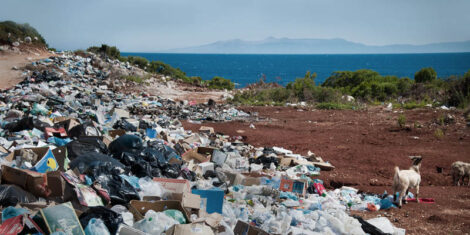
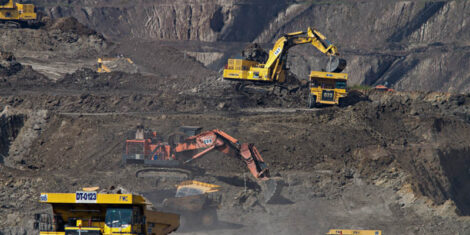
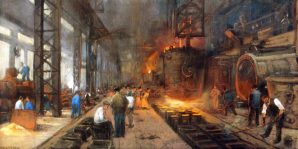
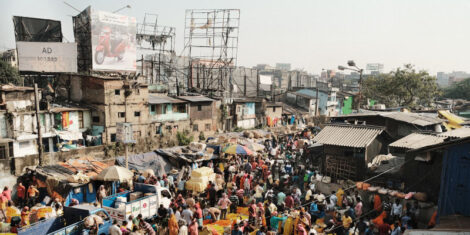
Was this information useful to you?
Yes NoThank you for visiting us :)